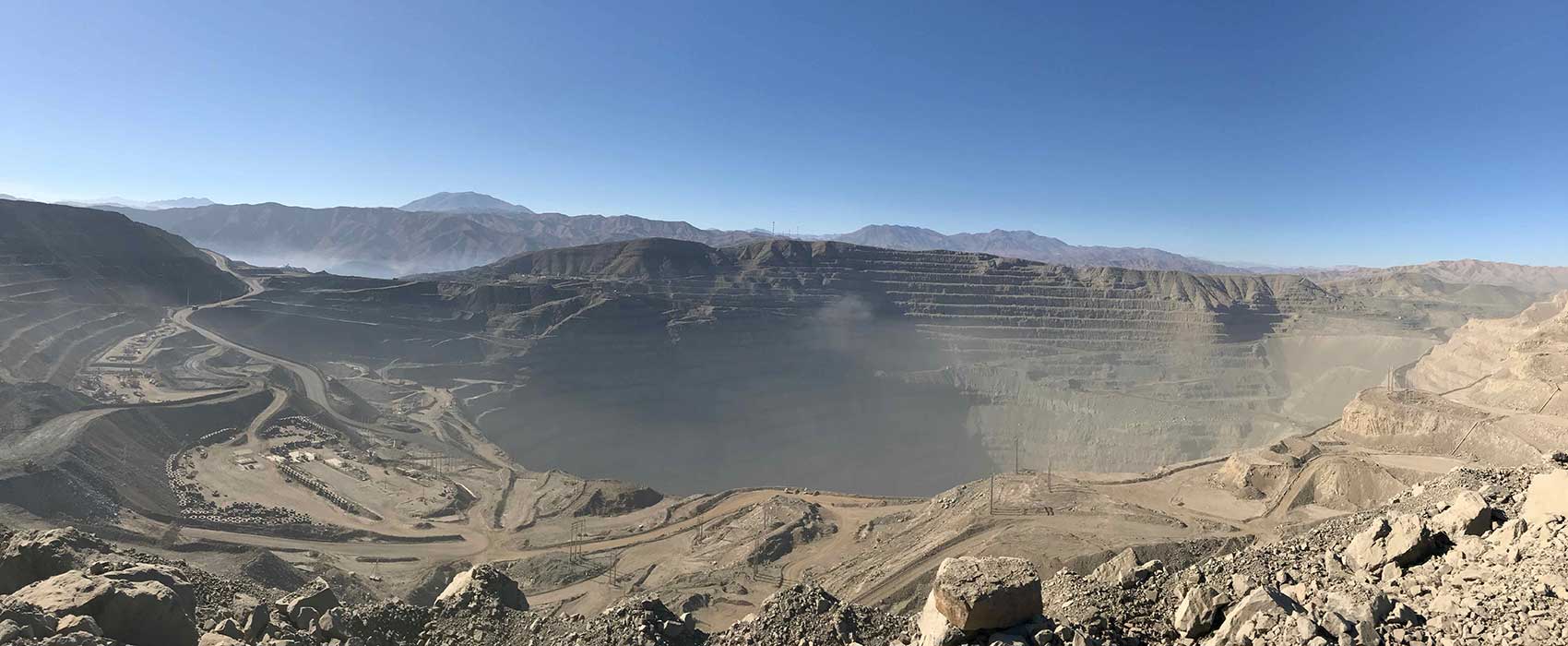
Paste Backfilling is an Integrated Part of the Overall Mining Ecosystem
While many companies in the mining industry choose to specialize or hyper-specialize, RMS appreciates that paste backfilling is an integrated part of the overall mining system.
We consider the mining method, type of geology and rock mechanics, the impact of difference sources and types of backfill, and mine layout as we determine the best solutions. These building blocks will delineate the design intent to achieve the optimum backfill system.
RMS thus takes a holistic approach to its services, providing clients with an in-depth understanding without losing focus on how each discrete decision impact other aspects of the life-of-mine plan. This provides for better CAPEX and OPEX decision-making and reducing operational risk.
Taking a 'miner and mine-first' approach, RMS considers both the constraints and opportunities in the extraction methods, local geology, rock mechanics, and mine layout to determine the best backfill solutions. In depth analysis of backfill operations, including analysis of types and sources of backfill, dilution reduction, de-watering efficiency, and pumping and ventilation are all critical aspects of the system. Consideration of these factors support the determination of the type of backfill needed. As an example, whether paste, rockfill, or a sand-fill hydraulic system may be best suited for a specific project.
Mine layout, geometry and mine reticulation design are also critical considerations as this involves routing surface connected pipes to various areas where dry or wet backfill will be placed.
Optimizing the movement of backfill from source to backfilling tunnels effectively and efficiently is critical for operational efficiency, mine safety, and stake/shareholder value.
Our Tailings Dewatering and Paste Backfill Laboratory plays a significant role in our ability to offer both technically sound and commercially viable recommendations and solutions.
This state-of-the-art laboratory allows RMS to test, analyse, and collect data and information using site-specific material samples. We are also then able to compare our results against past projects which provides a cost-efficient path to engineered solutions that are known to have worked in similar environments. This also leads to great project efficiencies, including better cost estimates, project timelines, risk assessments, mitigation, etc.

